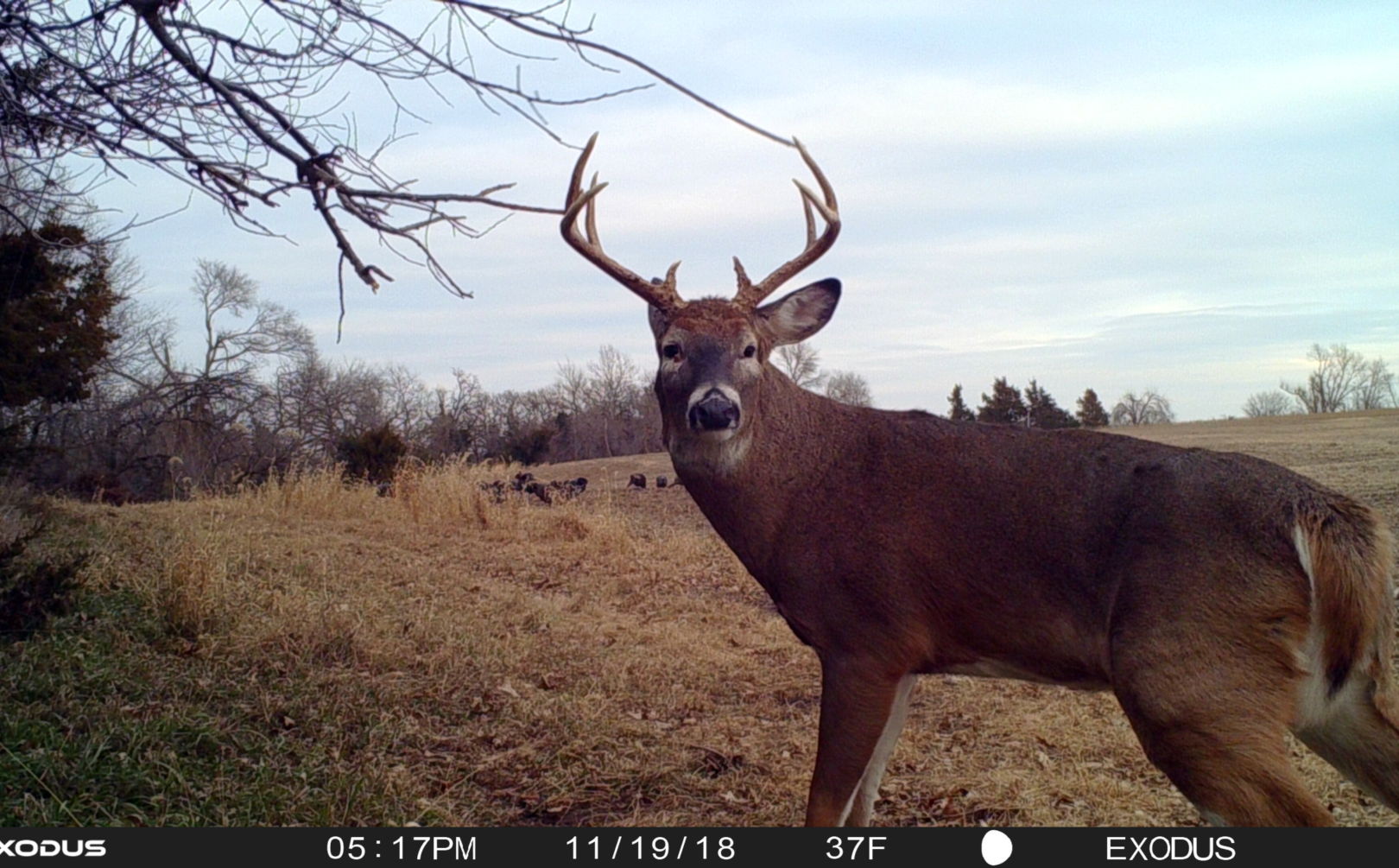Bucks tend to bed on the south-facing slopes for protection from the cold northern winds. Deer are fascinating animals that have intrigued hunters and wildlife enthusiasts alike.
The behavior of bucks has been studied extensively, and one question that often arises is what side of the hill do they bed? Bucks are known to be selective about where they spend their time, and their choice of bedding spot is no different.
In general, bucks tend to bed on the south-facing slopes where they can soak up the sun and find protection from the cold northern winds. This behavior is believed to be a survival instinct, allowing them to conserve energy and stay safe from predators while still being able to monitor their surroundings. Understanding the habits of deer is crucial for hunting, wildlife management, and conservation efforts.

Credit: www.azcentral.com
Contents
Deer Bedding Basics
Deer bedding basics: deer beds are essentially resting places that bucks use for nourishment, safety, and security. A bedding area is any location within the deer’s territory that provides the required elements of cover, security, and food. A quality bed site should act as a sanctuary and provide many re-entry points that conceal the deer’s presence.
The most typical bedding areas are thick brush, tall grasslands, heavy trees, and evergreen groves. In addition, the choice of bedding area is influenced by various environmental and natural factors such as terrain, availability of food, season, time of day, and hunting pressure.
Therefore, understanding these basics is essential for determining where bucks bed and increasing the odds of a successful hunt or wildlife observation.
Understanding Buck Bedding Behavior
Bucks and does have different bedding behaviors. While does prefer to bed closer to a food source, bucks tend to bed in areas with good visibility for monitoring their surroundings. Factors such as wind direction, available cover, and topography also influence buck bedding selection.
Common buck bedding areas include ridge tops, points on a ridge, and benches in steep terrain. Understanding buck bedding behavior is important for successful hunting. By identifying these areas, hunters can position themselves strategically for a higher chance of spotting and harvesting a buck.
How To Locate Buck Beds
Locating buck beds during hunting season is a crucial aspect of successful hunting. Scouting bedding areas can be challenging, but it’s essential to identify physical indicators like tracks, droppings, hair, and rubs. Trail cameras can also be your best friend in locating buck beds.
If you find a significant deer trail intersecting with the bedding area, it’s likely a hotspot. You can also look for thick, overgrown areas that offer shelter. Using these tips effectively will allow you to find buck beds reliably. Remember that bucks often bed downwind of their food source, so consider it while scouting.
Locating the buck beds requires effort and patience, but once you find them, it can drastically improve your hunting experience.
Hunt Preparation And Strategy
Adult male deer, also called bucks, have their bedding areas on certain sides of hills. Knowing where they bed is vital for hunting and increasing your chances of a successful hunt. Preparing for a hunt should involve studying bedding areas by checking the land for signs of bedding, such as flattened grass or disturbed soil.
Then, choose a stand location that provides the best vantage point and keeps you undetected. Finally, use smart hunting tactics and tips for success. When the deer bed down, plan your approach carefully, move slow, and stay quiet. Use cover to your advantage to sneak closer for a shot.
Every hunt is different, so be patient, attentive, and always ready to adjust your strategy.
Frequently Asked Questions For What Side Of Hill Do Bucks Bed?
What Is A Buck’S Bed?
A buck’s bed is a spot on the ground where a male deer lies down for rest.
Why Do Bucks Bed Down?
Bucks bed down for several reasons, including rest, food digestion and safety from predators.
Where Do Bucks Tend To Bed Down?
Bucks tend to bed down on the shaded side of a hill, which provides cover and a vantage point.
What Time Of Day Do Bucks Bed Down?
Bucks are more likely to bed down during the day, especially during the hottest parts of the day.
How Long Do Bucks Usually Stay In Their Beds?
Bucks can stay in their beds for several hours, but it depends on factors like weather, food, and potential danger.
How Can You Spot A Buck’S Bed?
Buck’s beds are usually oval in shape, with flattened vegetation and clear signs of deer activity. Look for depressions in the ground and nearby signs of grazing or browsing.
Conclusion
To sum it up, finding a buck’s bed is a difficult task, but not impossible. Although there is no one-size-fits-all answer to the question of what side of the hill bucks bed, we now know the factors that influence their decision.
Topography, wind direction, thermal cover, and escape routes play a crucial role in buck bedding behavior. A basic understanding of these factors and a bit of observation can give you an idea of where to look for a buck’s bed.
Remember, the key is to be patient and persistent. Don’t get discouraged if you don’t find a bed right away. Keep at it, and eventually, you’ll find one. Once you do, carefully analyze the area to determine the best hunting location.
Good luck, and happy hunting!

